Poll: Which is the best phone material? Poll results are in along with a surprise!
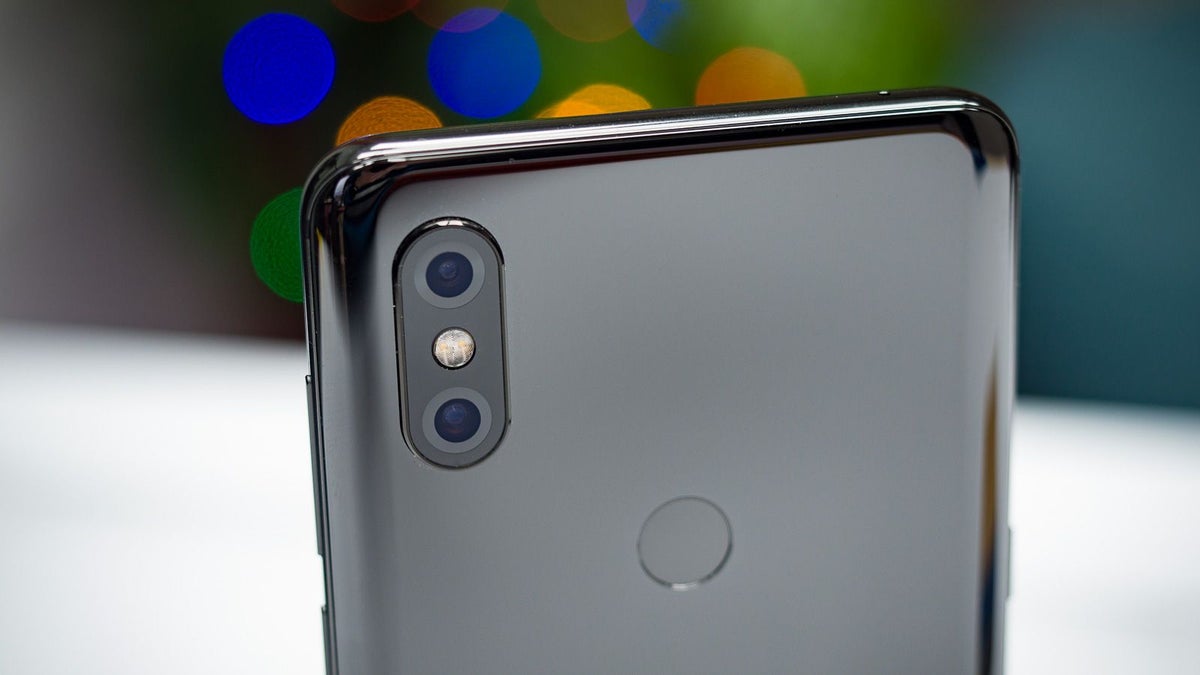
UPDATE: Well, well, well. It turns out you guys think plastic is the best material for a smartphone. We expected the "Metal" option to obliterate all of the others (check out the YouTube poll). Nevertheless, there's some logic to choosing plastic. There is a wide variety of polycarbonates and they can be made to specific requirements - flexible, hard, scratch- resistant. Plastic also absorbs accidental hits and drops fairly well, and it can be made in any imaginable shape, form, and texture. That's that but to be honest... I really miss metal phones.
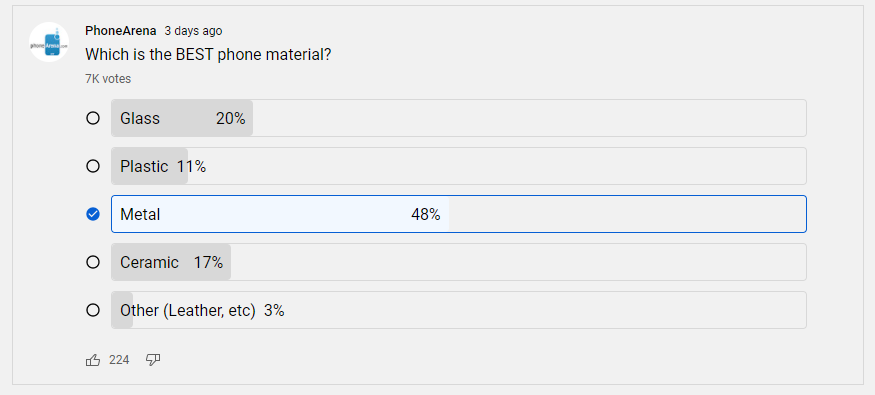
There’s one aspect where modern smartphones still differ and it’s the material they’re built from. Even though glass sandwich phones still rule the premium segment, you can still find metal phones (thePixel 5 has a metal body, albeit covered with polycarbonate and with a huge cutout for the wireless charging coil inside).
Each of these materials has its own pros and cons, and before making a decision, let’s quickly go through all of them.
Plastic
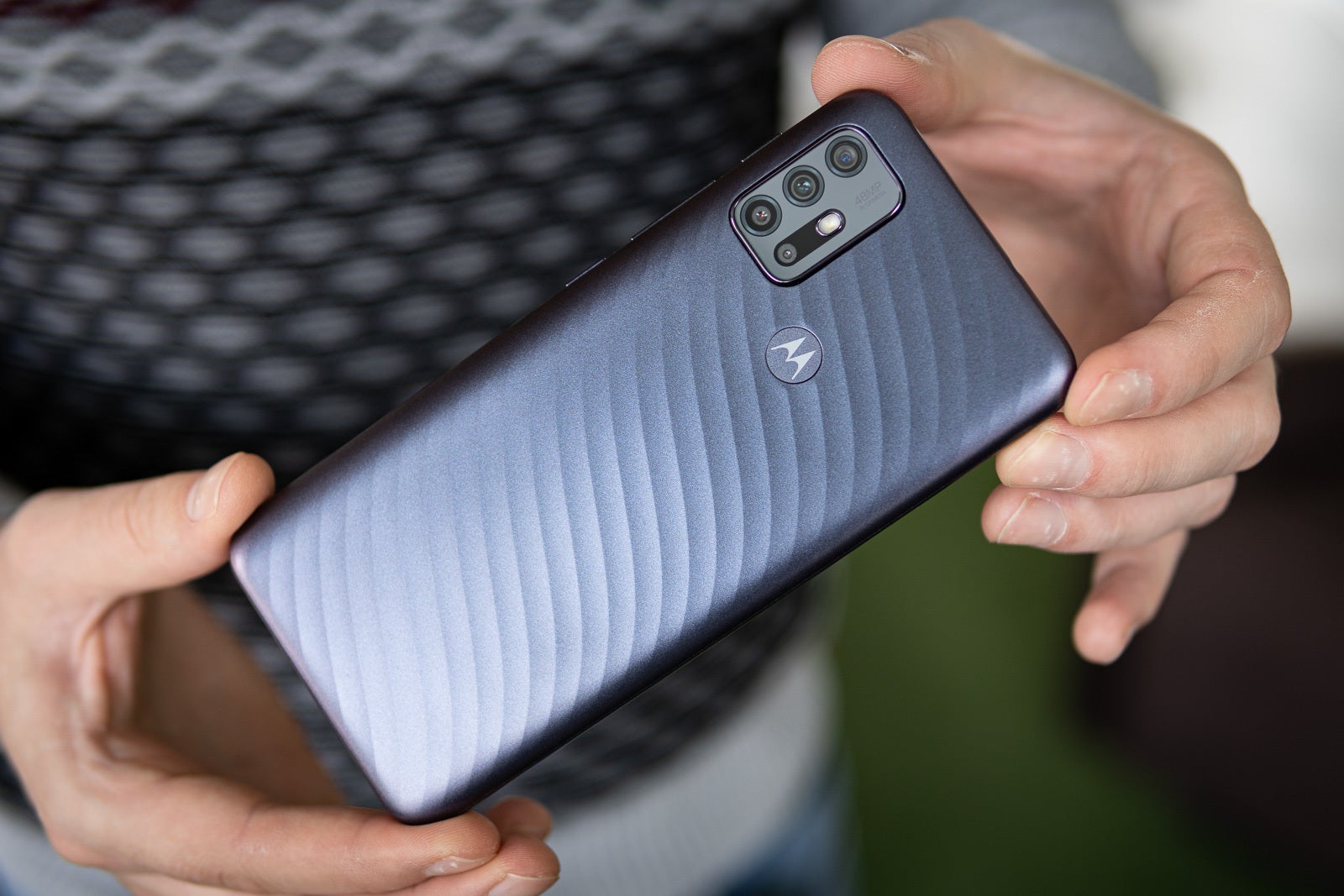
Plastic is obviously the cheapest option, although some plastics are expensive to produce and can compete with glass and metal. Plastic is generally a petroleum-based product, some plastics can be recycled easier than others but let’s see what are the pros and cons when talking about smartphone materials.
Metal
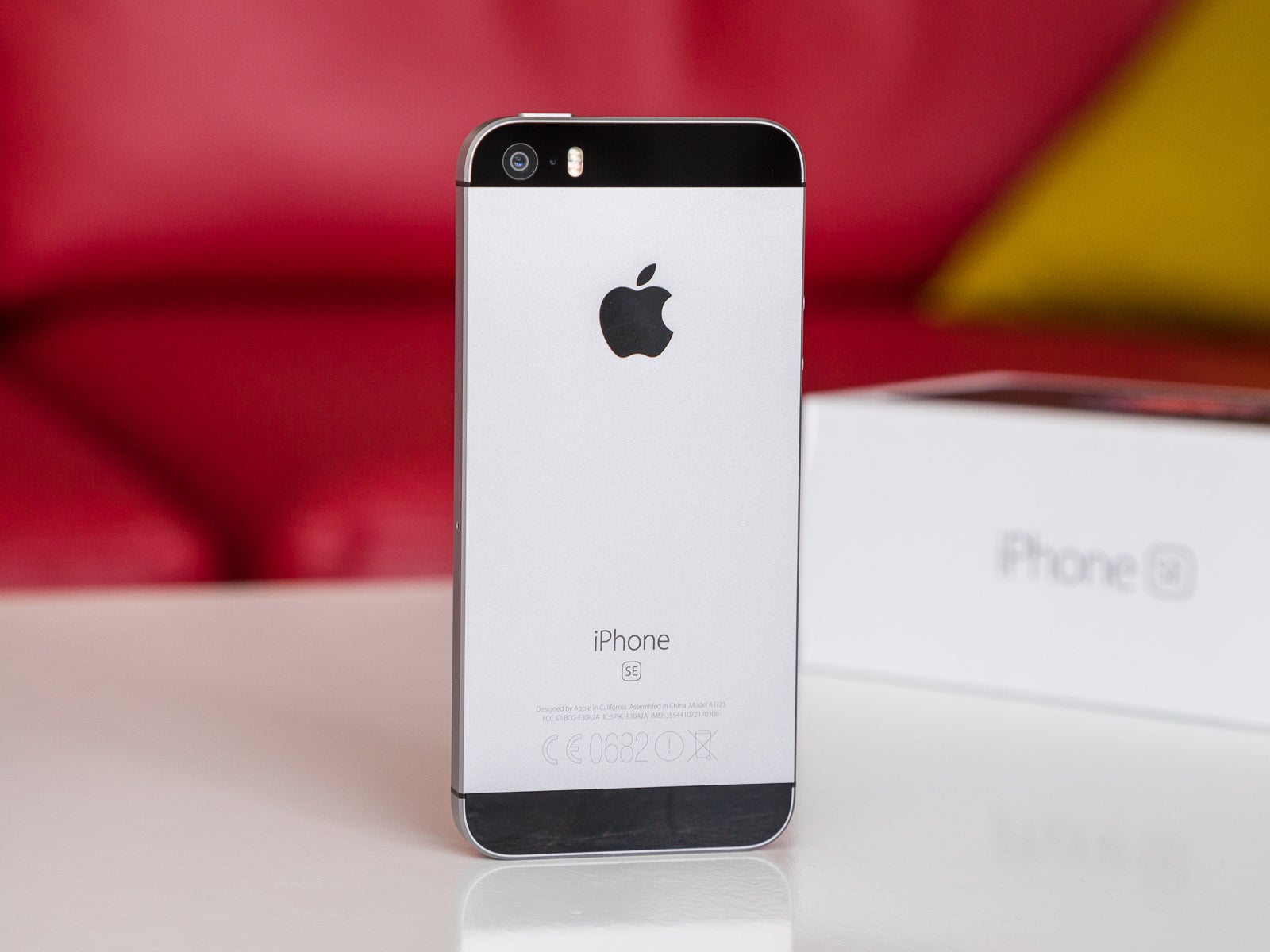
Metal used to rule the flagship smartphone territory when wireless charging and 5G were both just a distant dream. Things change though, and nowadays metal phones are extremely rare.
Glass
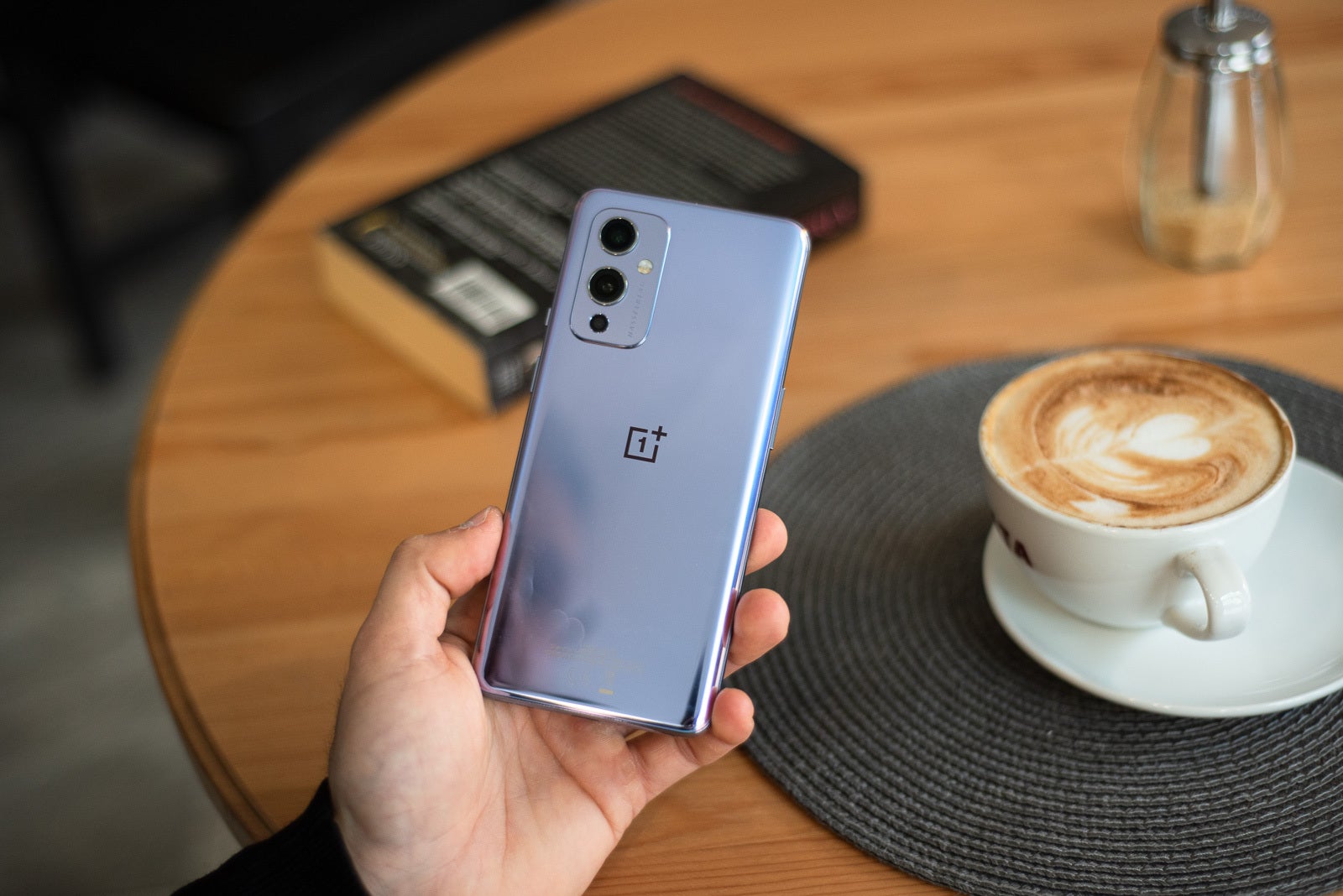
There are much more pros than cons to the so-called glass sandwiches. And here they are.
Ceramic

So there you have it. The pros and cons of all major smartphone materials. I know most of you use cases anyway, but maybe if you had your perfect material in your hand you wouldn’t do so? Vote in our poll and tell us what is your favorite material for building phones out of.
More Polls:
Follow us on Google News
















Things that are NOT allowed:
To help keep our community safe and free from spam, we apply temporary limits to newly created accounts: